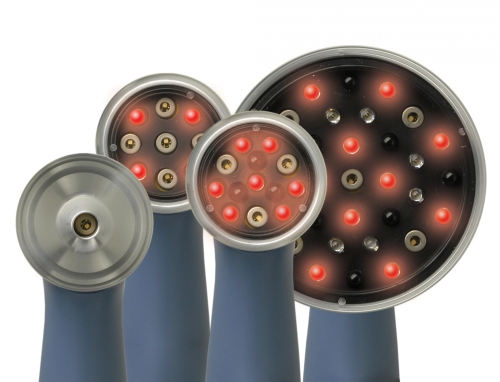 Recent data suggests that expanding insurance coverage of alternative therapies like chiropractic could drive down overall health-care costs. A new study, published in the January 2013 issue of Health Affairs, provides further information into expenditure patterns and utilization of complementary alternative medicine (CAM). Since chiropractic is the predominant source of CAM utilization, the study sheds light on how chiropractic can contribute to patient savings.
Recent data suggests that expanding insurance coverage of alternative therapies like chiropractic could drive down overall health-care costs. A new study, published in the January 2013 issue of Health Affairs, provides further information into expenditure patterns and utilization of complementary alternative medicine (CAM). Since chiropractic is the predominant source of CAM utilization, the study sheds light on how chiropractic can contribute to patient savings.
According to the study, between 2002 and 2008 the use and spending on CAM services, which had previously been rising, largely plateaued. This suggests that “Any attempt to reduce national health care spending by eliminating coverage for complementary and alternative medicine would have little impact at best.” According to the authors, cutting coverage for CAM and chiropractic services could even have the opposite effect, since excluding services currently covered by private and public insurance could “trigger increased spending.”
The analysis of the Medical Expenditure Panel Survey revealed a trend towards increased usage of CAM services, up 6% from 2002 to 2008. In 2002, there were an estimated 15.2 million adult users; this increased to 16.1 million in 2008. The number of chiropractic patients increased from 11.5 million in 2002 to 11.9 million in 2008, while acupuncture saw a 16% increase in adult visits.
Despite the increasing number of patients, total visits to chiropractors and other CAM providers decreased. Chiropractic visits decreased by 3%, from 98.6 million visits in 2002 to 96.1 million in 2008. Acupuncture visits decreased 16% over the same time period, from 6.4 million to 5.4 million. According to the study authors, “The higher proportion of out-of-pocket responsibility for payment for services may explain the lack of growth.”
The study also investigated the costs associated with chiropractic and other CAM services. Expenditures on chiropractic care increased from $6.2 billion in 2002 to $6.9 billion in 2008. Meanwhile, expenditures on acupuncture, massage, and other CAM treatments remained stable.
This data has important implications for national health-care policy. In their attempt to reduce waste, health-care policy makers often target complementary and alternative medicine services for exclusion. However, this tactic would, at best, result in only a small cost savings. Since CAM appears to be relatively inexpensive when compared with allopathic treatments, if medical providers are able to collaborate with local CAM providers, offering alternative and complementary medicine services could help health-care policy makers achieve their goals of cost savings.
The researchers conclude that health-care policy makers should consider the potential offset effect, in which patients substitute the excluded services with other services, which are covered by their health insurance, at an increased cost.
This study comes at the heels of another recent study suggesting that chiropractic patients have lower annual medical costs than patients in traditional care.
Popovich Chiropractic Health Center: Chiropractor Near Me|Chiropractor Elizabeth (Lincoln Boro), PA
Reference
Davis MA, et al. U.S. spending on complementary and alternative medicine during 2002-2008 plateaued, suggesting role in reformed health system. Health Affairs 2013;32(1):45-52.

